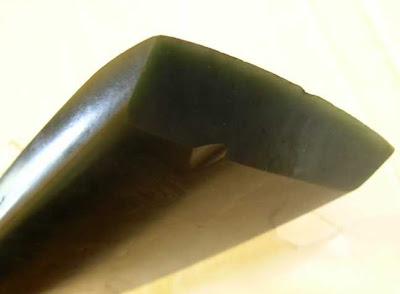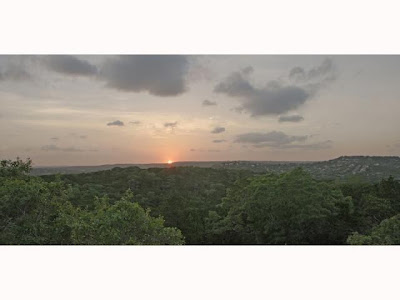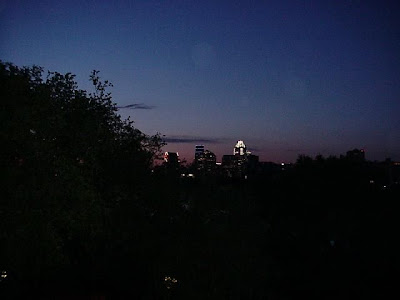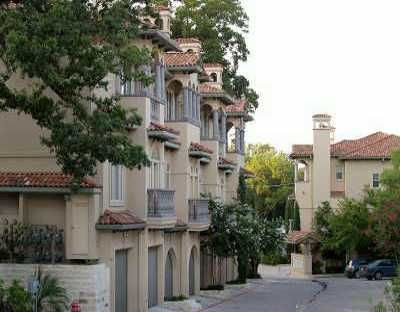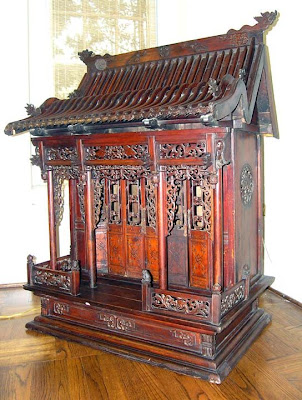
Ancestor worship, which is found in many forms in cultures throughout the world, has long been a key religious belief and practice in China. Chinese religion, with its blend of Confucianism, Taoism, and Buddhism, involves a wide variety of practices and associated paraphernalia. Spirit tablets are one type of ritual object commonly seen in temples and shrines and on household altars. The tablets are inscribed with the title and name of the deceased, dates of birth and death, and additional information such as place of burial and the name of the son who erects the tablet. Incense is lit before the tablets daily and offerings of food are made twice a month.
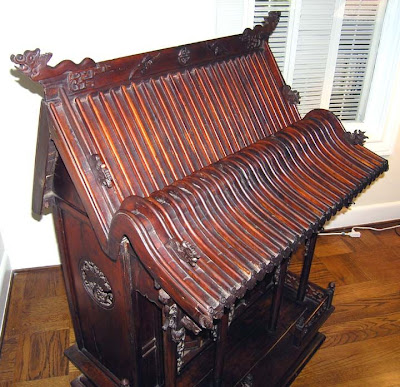
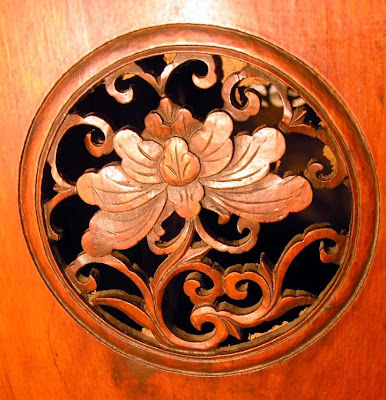
Families would keep a shrine such as this one in their house to contain the tablets on which would be inscribed the names of these ancestors, all of whom were revered and held in the highest esteem. This is an example of such a tablet:
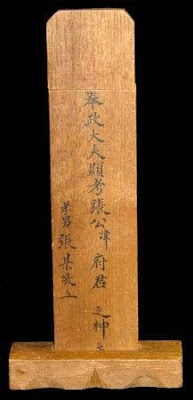
The size and splendour of this particular example suggests that its original owner was most likely of some wealth and stature, possibly a government bureaucrat. The dragon finials on the ends of the roof copings support this theory.

During the Cultural Revolution in Maoist China, their use on the mainland diminished but shrines in use can still be seen in other parts of Asia where there are significant Chinese populations such as Taiwan, Singapore and Malaysia. This one is from Singapore:
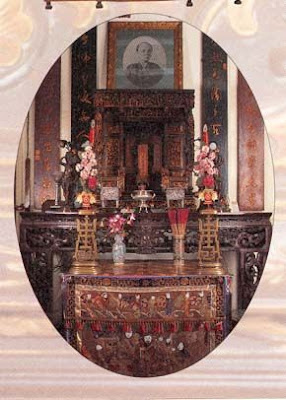
Our shrine was featured in the April 1994 edition of "Arts of Asia" magazine. Dr. Craig Clunas, Senior Research Fellow in Chinese Studies at the Victoria and Albert Museum in London confirmed the identification as a domestic shrine and suggested a date of mid-18th to early-19th century. Mr. Stanley Yang of Y.F. Yang and Co. (Hong Kong) suggested a date as early as Ming dynasty (which ended in the mid-17th century).
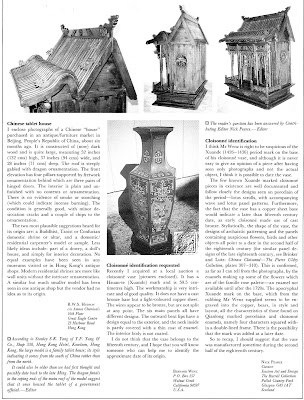
When we actually moved to Beijing, the shrine was crated up and shipped to Houston where it went into storage. After eight or so years in San Antonio, it was time to move and the shrine was offered to the San Antonio Museum of Art who gratefully accepted it.


We assume it has now found its final home where it can be admired by many.





